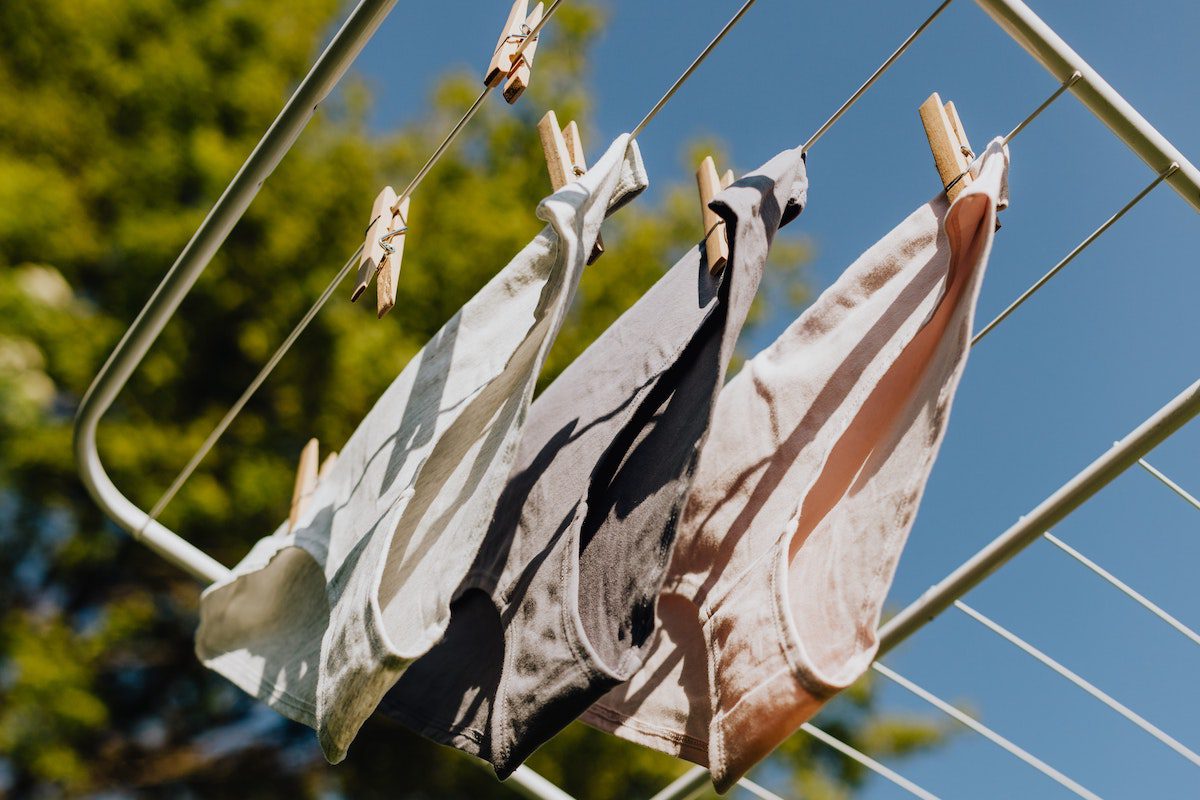Healthy Smiles 101: Three Teeth Tips You May Have Forgotten
The dentist. For some people, just uttering those two words sends shivers down their spines. The mere thought of visiting the dentist’s office is just too much to bear. But most of us manage to make our regular dentist appointments, if only because we don’t want cavities and/or yellowed teeth.
But there’s more to it than that. A lack of good oral hygiene can affect more than just your pearly whites — it can also impact your overall health and wellness. According to Mayo Clinic, endocarditis, or inflammation of the inner lining of the heart, often happens when bacteria from other areas of the body (such as the mouth) spreads to the heart. Even conditions such as head and neck cancers and eating disorders may be associated with oral health. WebMD outlines a host of issues linked to periodontitis, or gum disease, including diabetes, osteoporosis, rheumatoid arthritis and cardiovascular disease.
Taking care of your mouth is just as important as taking care of the rest of your body. But how can you ensure you’re on the top of your tooth game? Here are three tips you may have forgotten since your seven-year-old self was educated on oral hygiene.
Brush your teeth twice a day.
Whether it’s with a manual toothbrush or an electric toothbrush, just do it. It may seem elementary, but brushing for two minutes twice a day is a must, as the American Dental Association points out.
What kind of toothbrush should you use? It seems like every time I go to the dentist, they recommend I use an electric toothbrush. I recently started using an electric toothbrush and my teeth certainly feel cleaner. But the ADA says both a manual and an electronic toothbrush work just as well; how you brush is more important than which brush you use.
No matter which kind of brush you go with, make sure it has soft bristles. Replace your toothbrush (or toothbrush head, if you have an electric toothbrush) at least every three or four months.
Floss…or don’t?
From an early age, we’ve all been told to floss once per day. And every time you hit up the dentist’s office, they floss your teeth. But recently, everyone started to question that. The 2015 Dietary Guidelines, which were issued by the Department of Agriculture and the Department of Health and Human Services, didn’t include flossing as a necessity. And an investigative report from The Associated Press outlined that there’s no research to back to effectiveness of flossing.
Still, the ADA stands by its claims on the significance of flossing. The ADA touts the benefits of flossing on the regular, as it helps remove plaque that can cause gum disease and cavities.
Don’t forget to go to the dentist – most likely twice a year.
Biannual visits to the dentist have been a thing for more than 50 years. Typically, this rule still applies for most of the population, according to Colgate. But Colgate also outlined how certain high-risk individuals (like smokers and those who currently have gum disease) may need to visit the dentist every three or four months. And a 2013 study found an annual dental cleaning was enough for some people. Overall, visit frequency seems to be more about each person’s individual needs than a one-size-fits-all rule.













